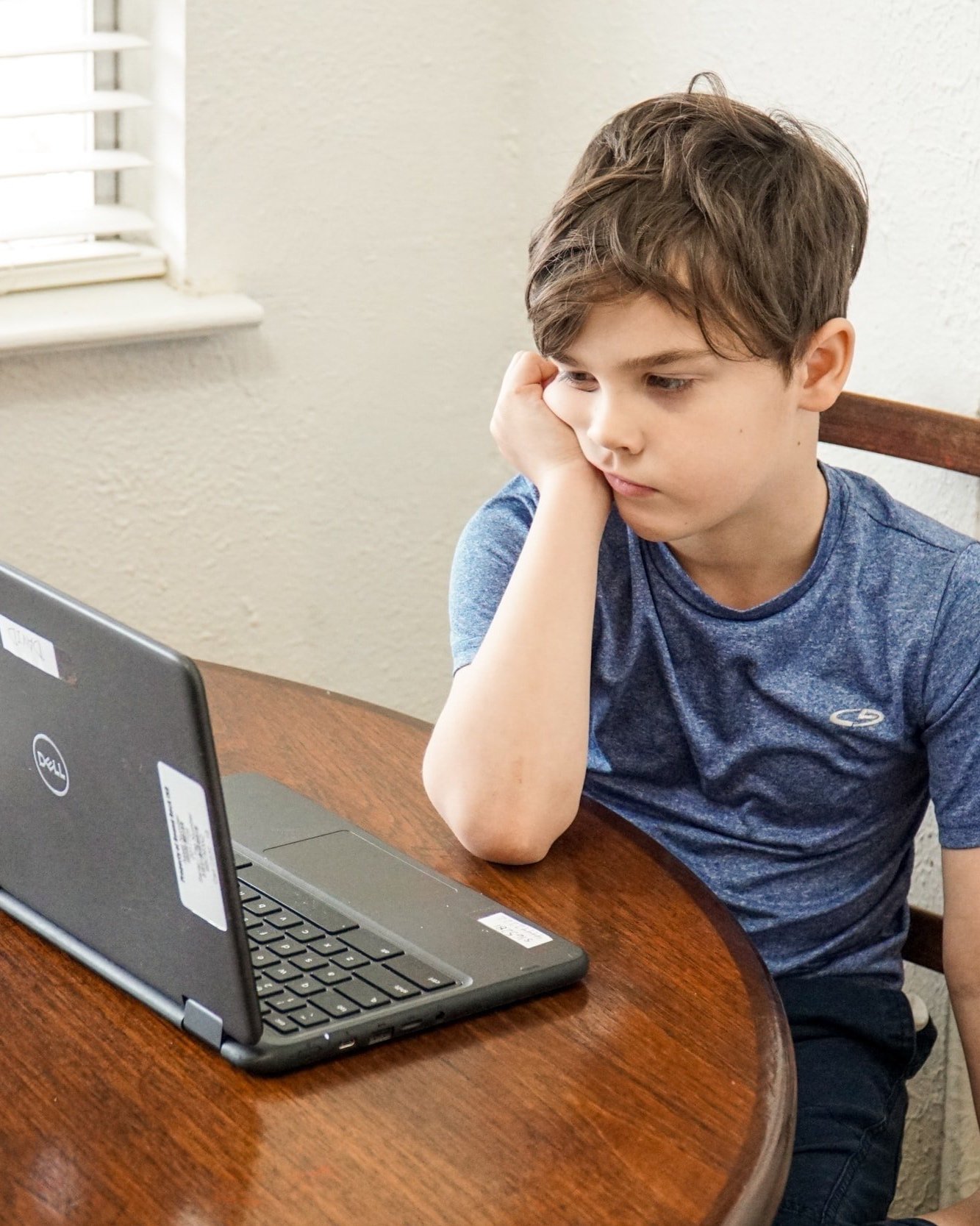What is ADHD?
This article gives a straightforward explanation about what ADHD is and how it can look in your child. It also reviews how we make the diagnosis.
Over the course of the last two years, many parents have had the chance to observe their children learning first-hand. Virtual school seems to offer a snapshot into what happens in the classroom, but it is actually not a great reflection of what an in-person learning environment is like. Nevertheless, many parents have seen their child fidgeting, distracted, and struggling with learning and have brought up concerns about ADHD.
If you’re interested in learning more about how we manage ADHD, check out this post.
What is ADHD
ADHD affects almost 10% of U.S. children under age 17. Boys are more than twice as likely as girls to be diagnosed with ADHD, and boys are more likely to be diagnosed earlier.
ADHD is a condition that interferes with your child’s ability to focus and learn, eventually potentially affecting school success and self-esteem. But there are 3 subtypes, and the symptoms differ (and can actually change with age). Here are some basics, but for a full list of the DSM criteria check out this page or this resource from the AAP.
The 3 subtypes of attention issues that fall under the “ADHD” umbrella are
Hyperactive
Inattentive
Combined
Hyperactive ADHD
Hyperactive ADHD describes what you probably think of when you hear that someone has ADHD. Children with this subtype can:
Be restless, fidgety or have trouble staying in their seat
Interrupt frequently or talk excessively
Have trouble waiting their turn
Overall have difficulty with impulse control
Lots of energy (seem to be moving all the time)
Be disruptive in the classroom (which is often how it is brought to a parent’s attention).
Difficulty engaging in quiet activities
Inattentive
This subtype of ADHD can be more subtle, and is often diagnosed later because children are less disruptive in the classroom. Symptoms can include:
Forgetfulness
Distractibility
Daydreaming in the classroom or does not seem to be listening
Making careless mistakes or unable to complete tasks fully
Trouble maintaining attention to tasks or organizing themselves
Does not seem to enjoy tasks that require sustained attention
Frequently losing things
Key point: in addition to having symptoms consistent with ADHD, the symptoms must be affecting a child’s day-to-day life in some way (eg. academically, or socially).
Combined
Children with combined ADHD have characteristics from both Hyperactive and Inattentive subtypes.
If you look at these lists and realize that these symptoms often overlap with normal childhood behavior for a lot of children, you’re totally right. This is what can make diagnosing ADHD challenging.
Children have different personalities. Being an active, energetic child does not mean there is necessarily something wrong. Additionally, attention span and impulse control both develop as the brain matures, so especially in toddlers these tendencies are developmentally appropriate.
This is why we cannot make the diagnosis in children under age 4.
Other things to know
Symptoms must be present before the age of 12 years, have lasted longer than 6 months, and must be noticed in more than one setting.
Many other conditions can have symptoms that look very much like ADHD in a child. For example: anxiety, mood disorders, PTSD, learning difficulties, and sleep issues/sleep apnea can have very similar symptoms, which is why a thorough assessment requires a full discussion by an experienced medical professional.
What do I do if I think my child has ADHD?
Head over to the guides section of my website and scroll down for a free cheat-sheet with some tips.
How do we diagnose ADHD?
The diagnosis of ADHD can be made by a pediatrician or a mental health professional. The first step is to have a frank discussion with your healthcare provider, who will likely ask you a range of questions about your child’s behavior, history, and habits. There are no blood or imaging tests that can make the diagnosis, but we often have parents and teachers fill out questionnaires (such as the Vanderbilt). Sometimes neuro-psychiatric or psycho-educational testing is recommended to help identify if there are other issues (such as mood disorders or learning issues) that are playing a role in your child’s symptoms as well.



